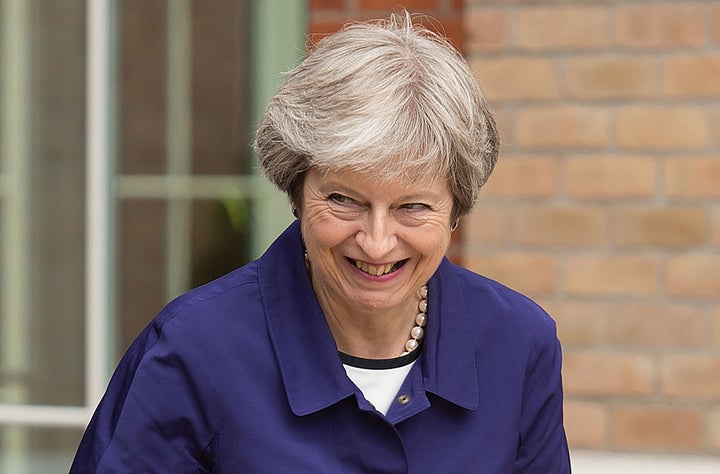
How curious that after almost half a century of EU membership, it’s only in the two years since the UK voted for Brexit that the British people have become really clued up about the complex rules that govern how the club operates.
Think back to how little was understood before the referendum vote about the big questions that now have become so familiar. Few of us were familiar then with the Four Freedoms, the Customs Union, Article 50. Not to mention Galileo, Euratom and the European Arrest Warrant.
You might have imagined back in June 2016 that Brexit would by now be well on the way to resolution. But while the past two years have afforded the government time to map, plan and deliver, there are three big reasons why progress has been slow.
First, the vast and intimidating scale of delivering Brexit has become clear. Beneath every stone turned over, we have found a teeming rock pool of complexity, to be argued over by a range of ministries and ministers, all with their own agendas.
Politicians battle and bicker over what our future relationship with the EU might be, leaving the civil service no choice but to devote huge resource to preparing for outcomes - especially different forms of hard Brexit - they hope will never come to pass.
Second, the legal framework at EU level is skeletal, untested and insufficient. The now infamous Article 50 covers the bare bones but leaves key questions unanswered: once triggered, can Article 50 be revoked? And how might that process work? Can an Article 50 agreement include a transition period? Can that transition period be extended? And what precisely is the relationship between the divorce provisions under Article 50 and the legal basis for a future relationship under Articles 207, 217 and 218? Just consider the issue of the Irish border. It was a priority issue for resolution in respect of the divorce, with initial agreement reached last December only after the DUP had flexed its muscles. But the final solution remains elusive, depending as it does on resolving the issue of the terms of the future relationship.
It all shows that two years was always going to be way too short a span for a modern economy to leave an entity like the EU.
Third, and most frustratingly to the EU, we still await an answer to the fundamental question: what precisely does the government want out of Brexit? Behind the phrase ‘deep and special’ lie mountains of ambiguities. The Prime Minister has ruled out a Norway-style, EEA arrangement; yet the alternatives look even more unpalatable. The UK is in a geographically different position to Canada, Korea and Ukraine. Yet the EU cries “cherry picking” at any suggestion that the UK could stay close to the EU in some matters and distant in others.
Creativity and flexibility on both sides might produce an imaginative template which could provide a welcome resting place for other states wishing to leave the EU and those wishing to enter. But the battle of the red lines has ruled out such creativity. And while some of the red lines have become pinkish in places, none has disappeared altogether.
One of the obstacles to creativity is a firm belief among the EU elite in the purity of their club. Its rules cannot be tampered with in any form. Despite the fact that free movement of people is not being fully respected in all Member States, the EU prefers to turn a blind eye rather than address the fundamental problems with the model.
So what have we learned in the last two years? Let’s begin by admitting a grudging admiration for the skills of Taskforce 50, the Brussels negotiating team. The technocrats know a thing or two about law and Treaty making. Why, they drafted the Withdrawal Agreement single handed. And it is not bad, not bad at all – from the EU’s point of view.
It would come as no surprise if a fleshed-out text detailing the future relationship is sitting in the top drawer of a Taskforce 50 desk, to be unveiled at the most advantageous moment for the EU side.
They’re pulling the strings, setting the agenda, running the negotiations. Although the UK likes to think the negotiations are multilateral with the EU-27, at the moment they are bilateral with the Commission.
Worryingly, it’s also now all too clear that for the EU, Brexit is just a regional problem on its Western fringe. There are bigger fish to fry: resolving the migration crisis and the problems in the Eurozone. As Herman Van Rompuy, formerly president of the EU council, put it recently, Brexit is a problem for the EU, not an existential problem for the EU.
For Ireland, of course, Brexit is a huge concern – but remember Dublin also stands to benefit from the relocation of businesses fleeing the UK in favour of its welcoming shores. The Irish border problem continues to dictate the shape and pace of the Brexit negotiations. It is by no means clear how those negotiations will finally be concluded. And so, after two years, it remains impossible to say with any certainty what Brexit actually means.
Catherine Barnard is a senior fellow The UK in a Changing Europe and professor of EU law at Cambridge University
